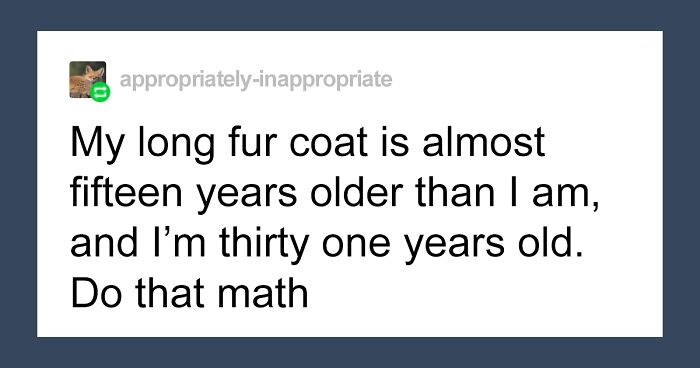
People Are Sharing Their Thoughts On Fur Vs. Vegan Options, And It Might Make You Think Twice About Your Next Purchase
In the past years, many fashion brands have gone fur-free (and leather-free), from Gucci to Tommy Hilfiger and Michael Kors. The recent surge in the anti-fur movement shows that more and more people are concerned with animal rights and the environment. The clothing industry is now shifting towards more conscious, sustainable, and animal- and eco-friendly products.
But the debate on fur vs. vegan clothes is far from over and the topic is as controversial as ever. So recently, people initiated a Tumblr thread to shine some light on whether wearing fur and leather clothing is truly so harmful to animals and the environment, and if vegan clothes are genuinely so innocent and animal-friendly.
The Tumblr user teaboot first wrote “I understand why people dislike leather and animal products,” but she then continued by stating that she still wears her mom’s leather coat from 1989.
More people joined in, throwing in some illuminating reasoning on just why animal and fur products might be in fact superior to vegan clothing. Read the full thread down below, which will surely give everyone a lot to think about on this hot topic.
This Tumblr thread defending fur and animal clothes against vegan ones gives a lot to think about
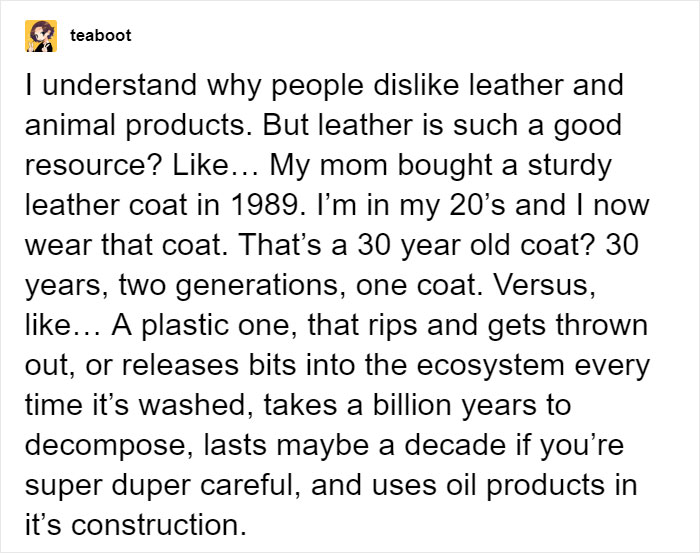
This person tried to debunk the belief that vegan materials are superior to natural ones, claiming it’s just another form of plastic
Bored Panda reached out to Vaida Baranove, a musician and devoted environmentalist who commented on the heated debate which has been going on in the thread. “Yes, vegans do not wear clothes or accessories that are made of animal-origin materials: leather, fur, silk, wool, velvet, etc.,” she said.
However, “Since many of these materials are often more sustainable than their vegan alternatives (for example, a genuine leather jacket can easily provide warmth for more than one generation), we have to remember that vegans, just like other activists, need to choose their battles.” Vegans, Vaida explained, always choose the battle for the animals.
This person explained why natural materials like hemp, cotton, and linen may not be an option
But when it comes to cultural contexts, things get a little more tricky. “Yet, as a vegan, would I ask someone living in the Arctic to wear a teddy coat or a puffer jacket instead of their fur one? Definitely not. Why on Earth would I come after someone who‘s already struggling to survive in such harsh conditions?”
Having said that, Vaida said that as a vegan, she asks her Western European friends to stop buying leather shoes. “Their comfort is not a good enough reason to kill a sentient being.”
This person claims that wool, fur, and down are the only materials that keep you warm in harsh climates
Veganism means that you have to be aware of all the materials that your clothes are made of. While cotton, linen, hemp fabric, quality denim, seaweed, coconut fiber, etc. may be great options, they are not ideal for harsher climates.
“There’s also rPET, which stands for recycled polyethylene terephthalate or simply ‘recycled polyester’ aka recycled plastic bottles. Some fantastic warm parkas are made of this fabric,” Vaida said.
In the end, it’s all about “not giving into the temptation of buying a ton of fast fashion items that scream that they are now vegan.” Vaida suggests buying smart, buying less, and taking good care of your clothes.
Someone said that sheep shearing is harmful, but this person had a response ready
Image credits: TheJournal.ie
Image credits: teaboot
I am vegan and I love being one but the community sucks. Fur farms can be disturbing af (friggin documentaries scarred me) BUT thrift stores and Indigenous furriers are both great sources! As for eating meat and animal products, it comes down to what you hold important through researching the subject. Turning a blind eye is the worst thing you can do here.
Veganism is a privilege and classist lifestyle. If you live where the growing season is very short and the cost.of transportation makes a head of lettuce cost $20 then you don't have the luxury of being vegan. Particularly in northern Canada and Alaska...places where they have to wear animal products in winter to survive. ... veganism is a lifestyle choice that should be no more pushed on to others as religion, sexual orientation or what have you. Being close minded is the worst you can do here.
Load More Replies...1) Search 'Shrek the sheep' if you think sheep don't need to be sheared. 2) If you eat meat, the most ethical thing to do is to use all of the animal you can. Fur and leather included. If you live in the arctic, and you are indigenous, chances are you rely, at least partially, on subsistance hunting to feed yourself through the winter, because imported food is often very expensive. 3) Not all vegan alternatives are ethically sourced. Often the raw materials are extracted in environmentally harmful ways, and byproducts and refuse are pollutants damaging to the environment. 4) All consumption causes some level of environmental damage. Plant based products included. Think about the habitat destruction, pesticide and fertilizer pollution, processing costs (building factories, powering them, byproducts), transport, waste disposal. The ethical thing to do is to consume less. Reusing and repurposing vintage materials is a great way to do that.
Thank you! I live in italy and we have a lot of good quality leather. No one is fussing about it. You know why? Because people know where leather comes from, if you have to kill an animal for it, why don't you use every part? We eat a lot of animal parts other people do not eat, like the internal organs of cows, sheeps and so on. And guess what? They are good!
Load More Replies...They are making some very good points. The only people who've ever said to me that my fur clothings were unethical were people living in areas where the coldest temperature you can get in winter is like -2°C. I'm sorry, if it's going to be -20°C where I live, I'll be wearing a fur coat and a felt chapka, not some cheap plastic stuff that'll just get wet and give me a cold.
It probably has a lot to do with wearing fur as a fashion product, like whole fox around your neck when you actually don't need it, just have money for it and brag about it, but a lot of these people fighting against it might have forgotten about those who truly need and prefer it, in terms of weather conditions.
Load More Replies...I am vegan and I love being one but the community sucks. Fur farms can be disturbing af (friggin documentaries scarred me) BUT thrift stores and Indigenous furriers are both great sources! As for eating meat and animal products, it comes down to what you hold important through researching the subject. Turning a blind eye is the worst thing you can do here.
Veganism is a privilege and classist lifestyle. If you live where the growing season is very short and the cost.of transportation makes a head of lettuce cost $20 then you don't have the luxury of being vegan. Particularly in northern Canada and Alaska...places where they have to wear animal products in winter to survive. ... veganism is a lifestyle choice that should be no more pushed on to others as religion, sexual orientation or what have you. Being close minded is the worst you can do here.
Load More Replies...1) Search 'Shrek the sheep' if you think sheep don't need to be sheared. 2) If you eat meat, the most ethical thing to do is to use all of the animal you can. Fur and leather included. If you live in the arctic, and you are indigenous, chances are you rely, at least partially, on subsistance hunting to feed yourself through the winter, because imported food is often very expensive. 3) Not all vegan alternatives are ethically sourced. Often the raw materials are extracted in environmentally harmful ways, and byproducts and refuse are pollutants damaging to the environment. 4) All consumption causes some level of environmental damage. Plant based products included. Think about the habitat destruction, pesticide and fertilizer pollution, processing costs (building factories, powering them, byproducts), transport, waste disposal. The ethical thing to do is to consume less. Reusing and repurposing vintage materials is a great way to do that.
Thank you! I live in italy and we have a lot of good quality leather. No one is fussing about it. You know why? Because people know where leather comes from, if you have to kill an animal for it, why don't you use every part? We eat a lot of animal parts other people do not eat, like the internal organs of cows, sheeps and so on. And guess what? They are good!
Load More Replies...They are making some very good points. The only people who've ever said to me that my fur clothings were unethical were people living in areas where the coldest temperature you can get in winter is like -2°C. I'm sorry, if it's going to be -20°C where I live, I'll be wearing a fur coat and a felt chapka, not some cheap plastic stuff that'll just get wet and give me a cold.
It probably has a lot to do with wearing fur as a fashion product, like whole fox around your neck when you actually don't need it, just have money for it and brag about it, but a lot of these people fighting against it might have forgotten about those who truly need and prefer it, in terms of weather conditions.
Load More Replies...
 Dark Mode
Dark Mode 

 No fees, cancel anytime
No fees, cancel anytime 






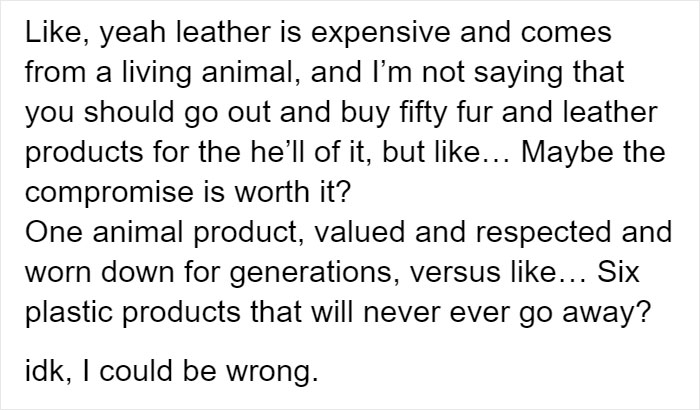
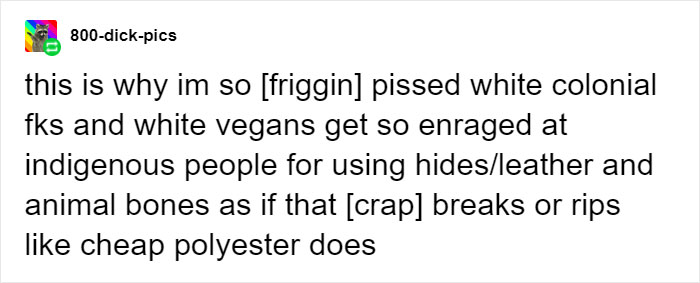
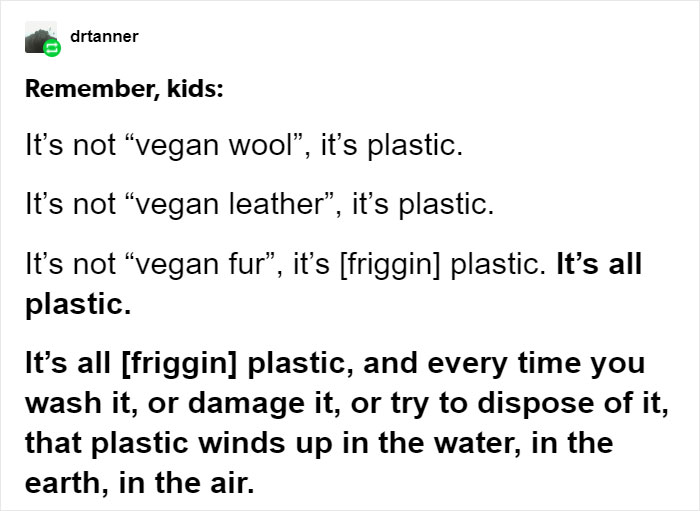
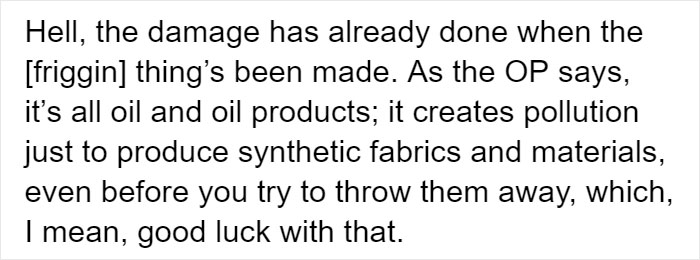
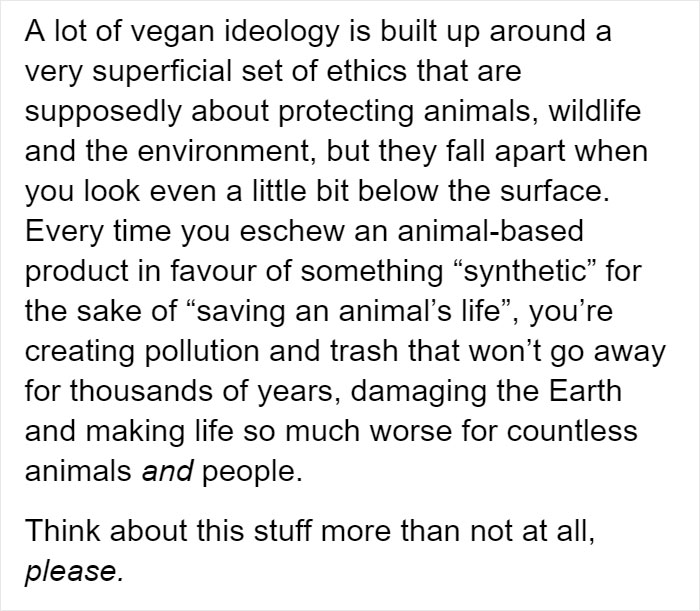
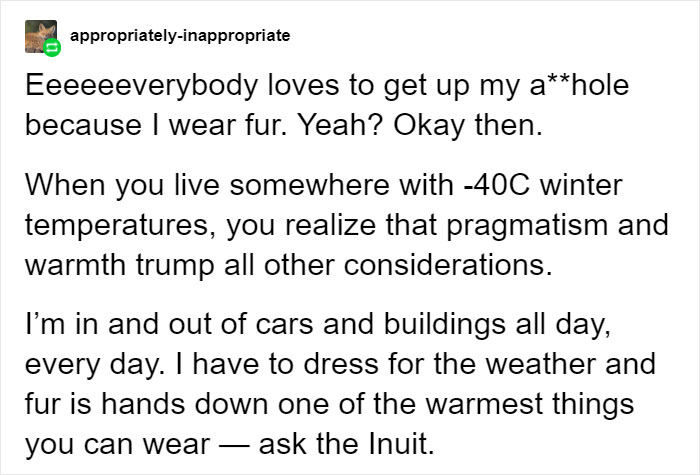
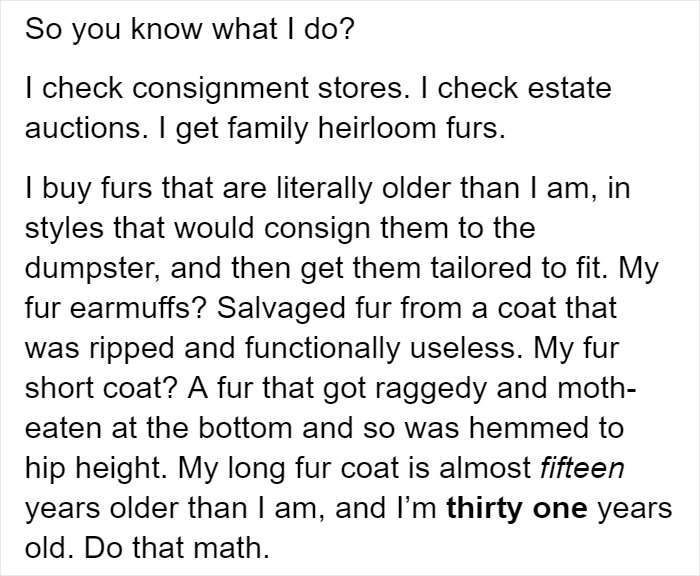

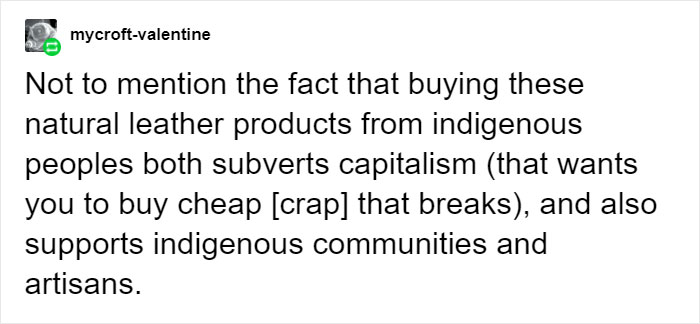
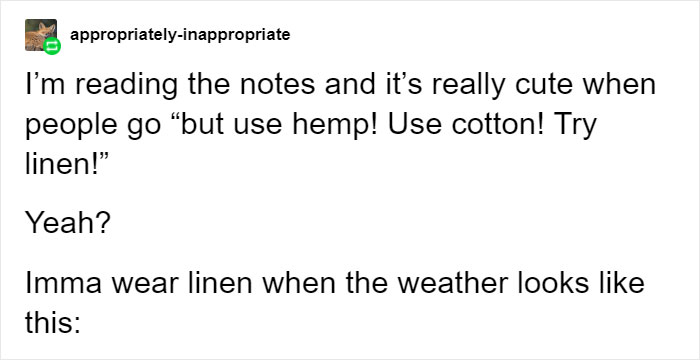
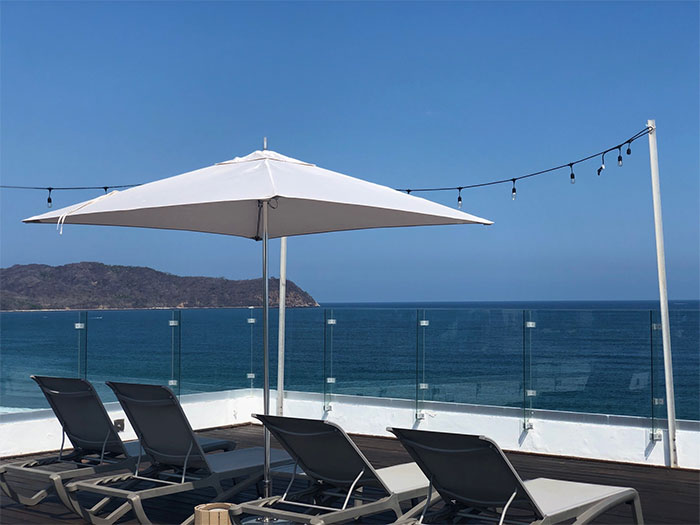



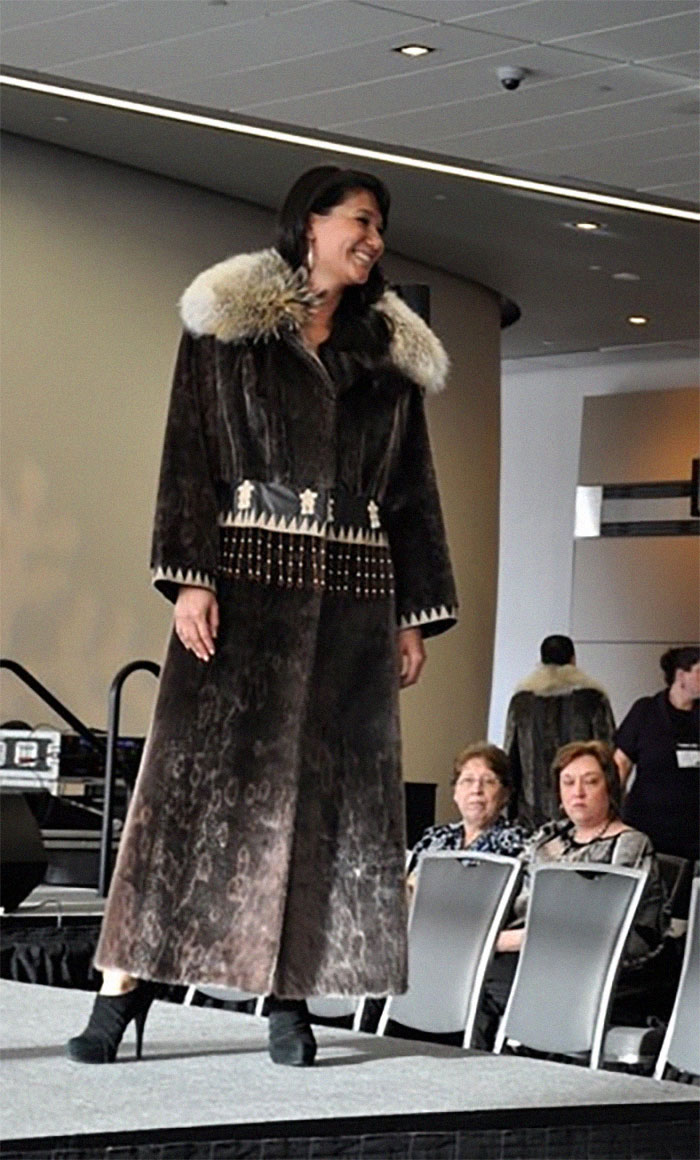
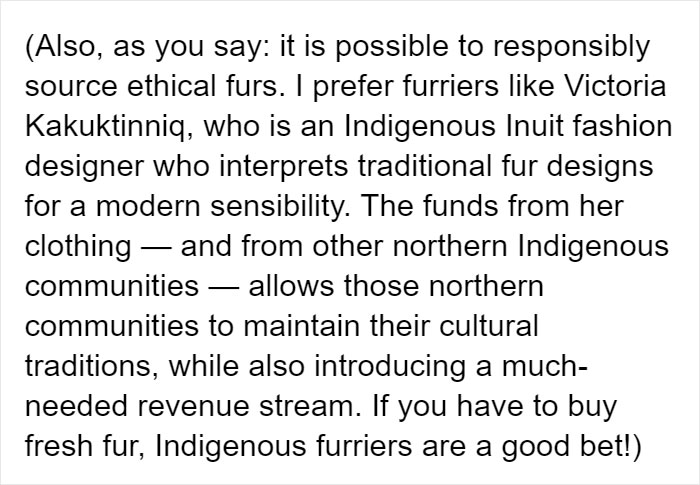

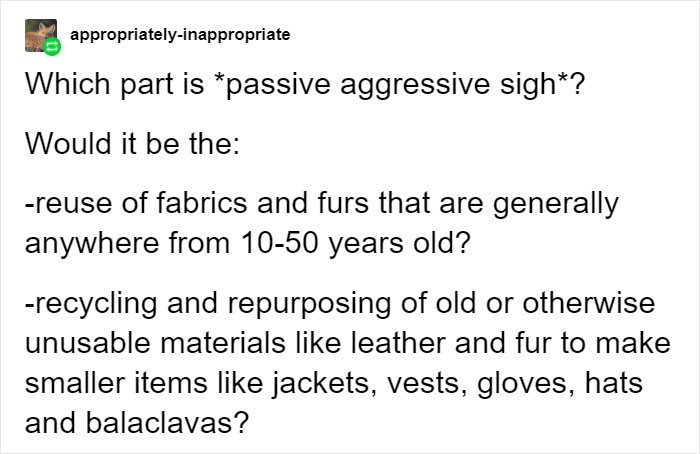
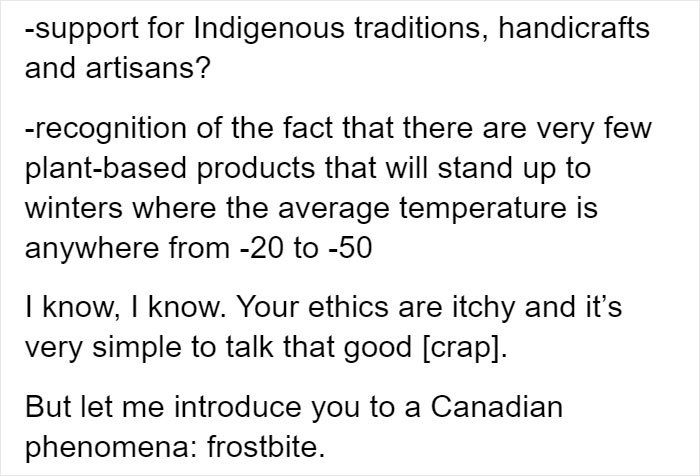
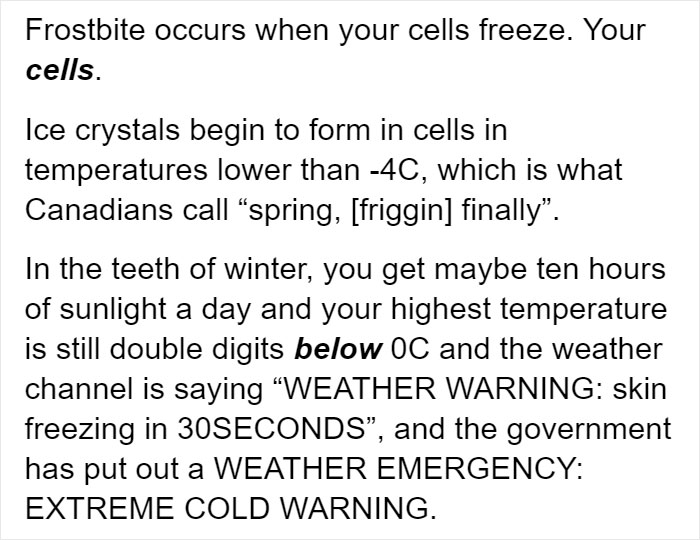
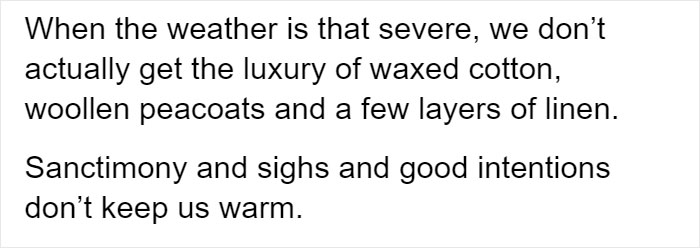
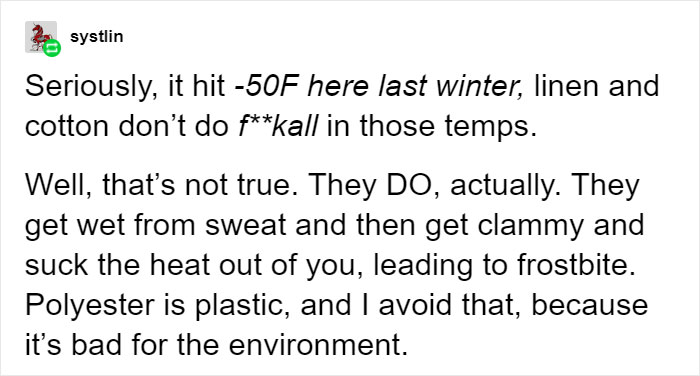

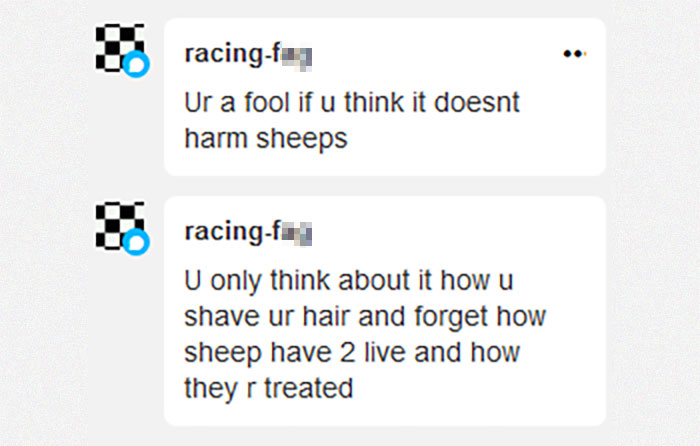
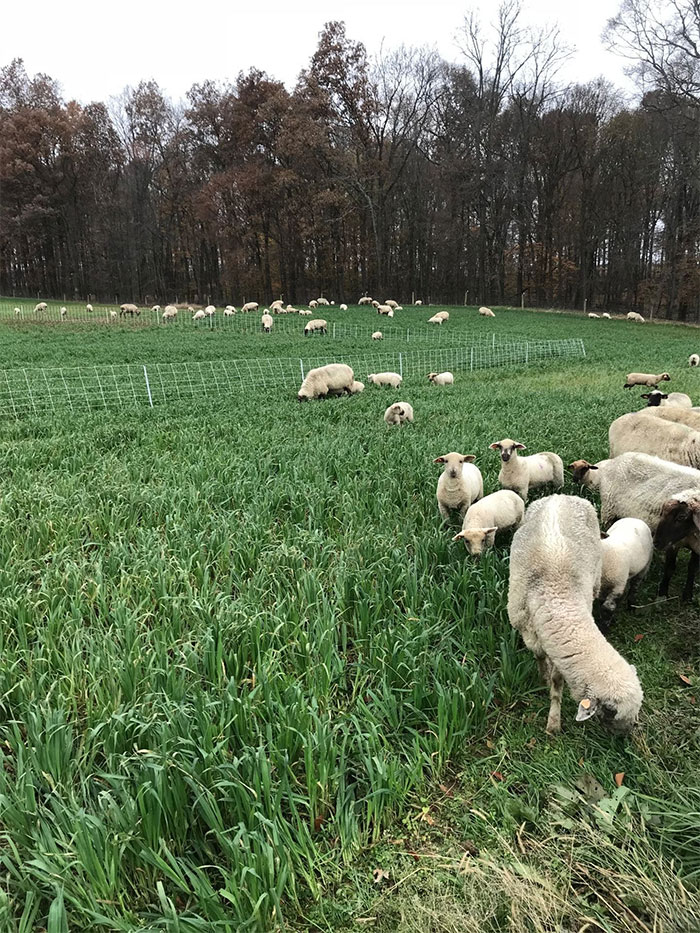

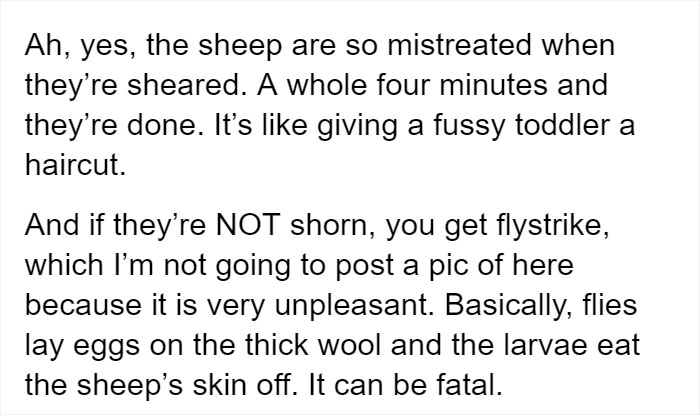
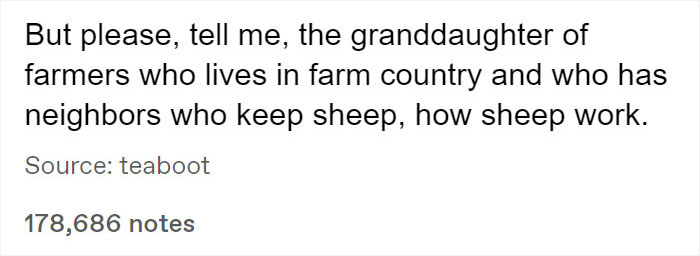












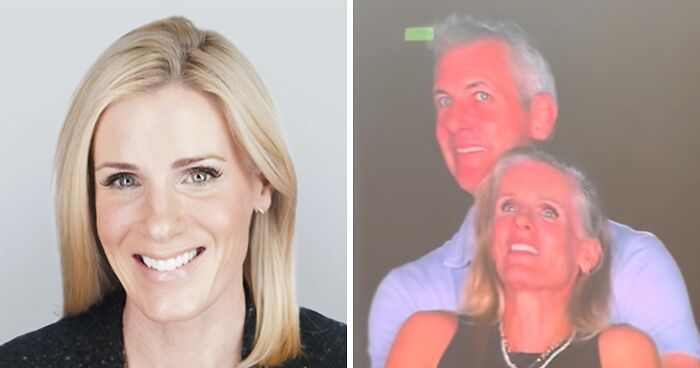
































275
231